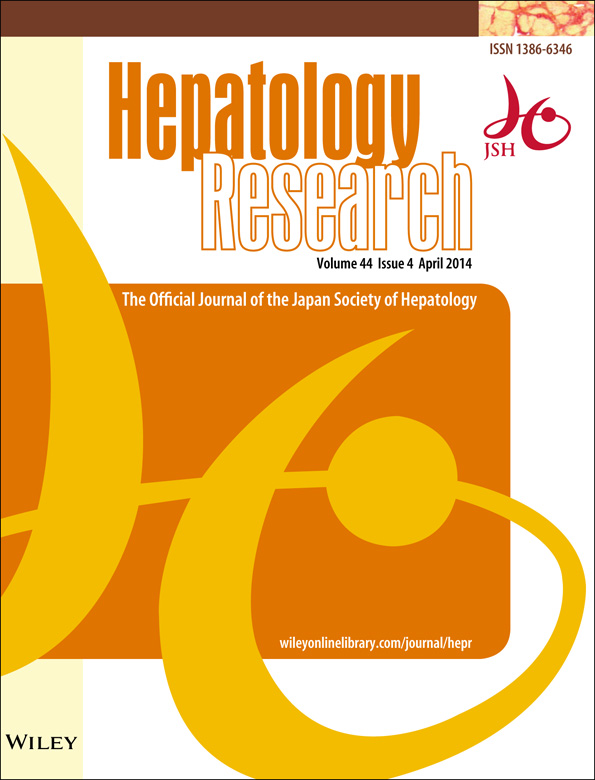Post-therapeutic needle biopsy in patients with hepatocellular carcinoma is a useful tool to evaluate response to proton irradiation
Abstract
Aim
Proton beam therapy is safe and more effective than conventional radiation therapy for the local control of nodular hepatocellular carcinoma (HCC). However, evaluating therapeutic response by imaging is not accurate during the early post-irradiation period. Therefore, we examined whether the histopathological study of biopsy specimens obtained at 3 weeks after irradiation can be used to more accurately assess therapeutic response.
Methods
Fifteen HCC lesions from 13 patients were treated with proton beam irradiation. Tissue biopsy samples were obtained using abdominal ultrasound-guided percutaneous fine-needle aspiration from the center of the tumor before, 3 weeks after and 1 year post-proton therapy. The specimens were examined after staining with hematoxylin–eosin (HE) and a MIB-1 antibody.
Results
MIB-1 labeling indices (LI) before treatment were 13.0 ± 8.5% (mean ± SD; range, 0.6–27.0), whereas those 3 weeks after proton therapy were significantly reduced to 3.2 ± 2.4% (range, 0.6–8.9) (P < 0.05). Although the tumor size was reduced, we did not observe a reduction in tumor blood flow by dynamic computed tomography or degenerative changes by HE. All lesions that displayed reduced MIB-1 LI at 3 weeks post-proton treatment were ultimately diagnosed as complete response at 1 year after treatment. In contrast, one case with increased MIB-1 LI at 3 weeks had significant tumor size progression at 1 year post-treatment.
Conclusion
The percutaneous fine-needle aspiration biopsy of HCC is a safe and useful tool that can be used to evaluate the response to proton irradiation. In particular, MIB-1 LI may provide additional information to assess the therapeutic response of HCC during the early post-irradiated period.




